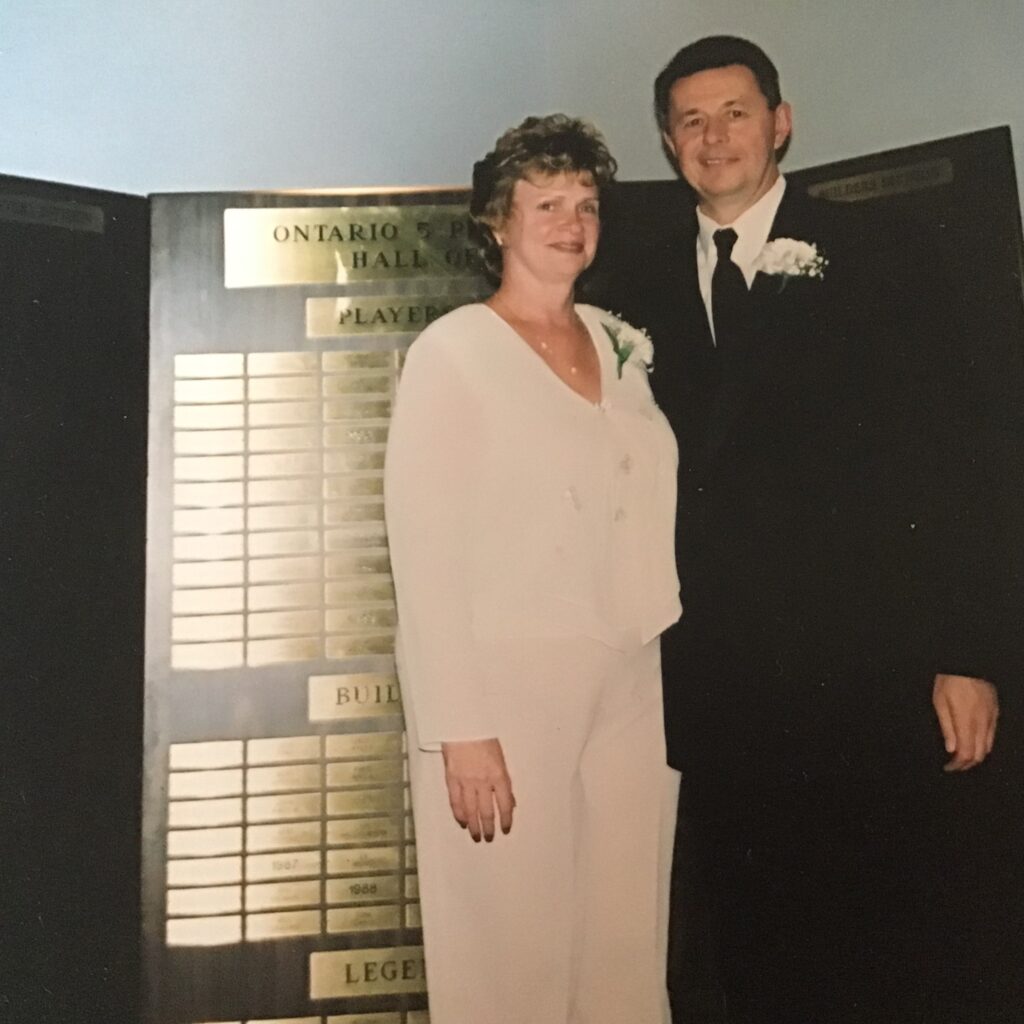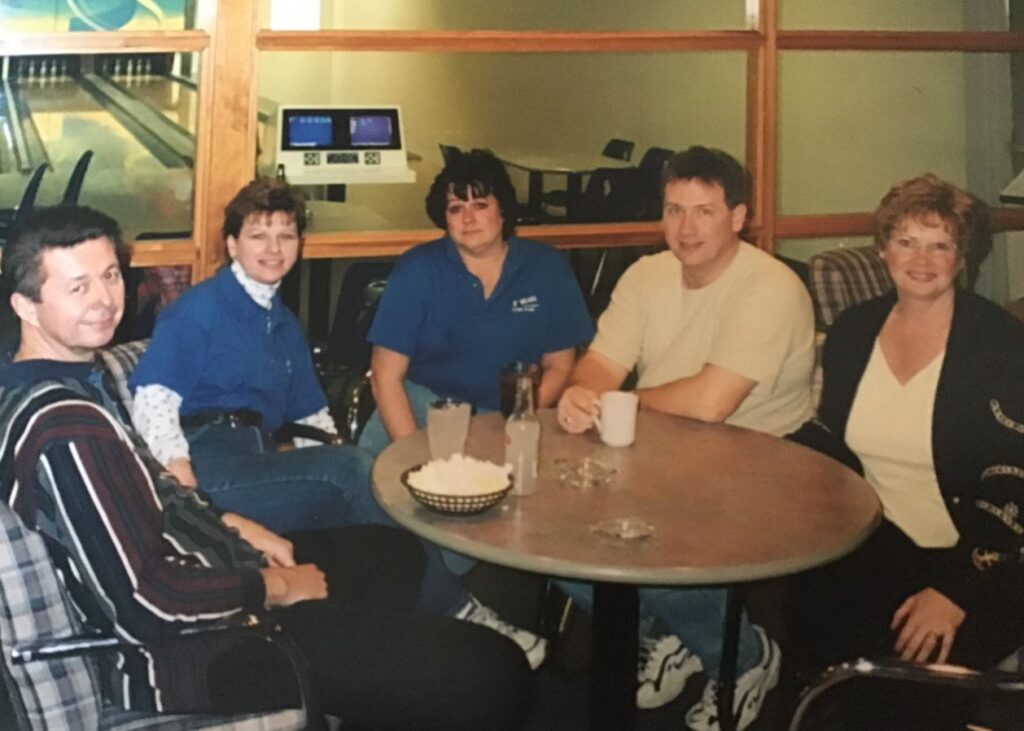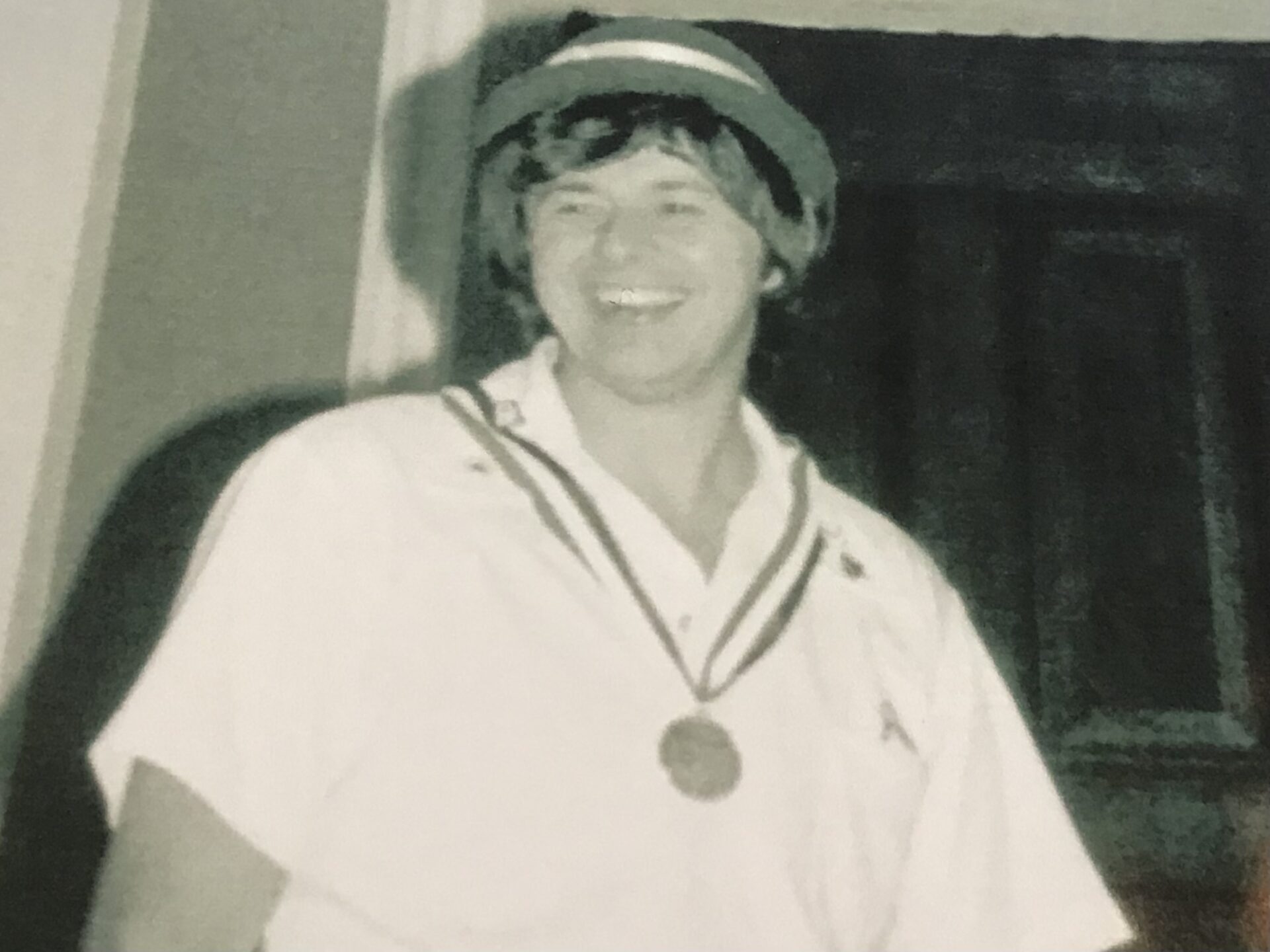During his career, Jim Fedorenko went on to become a national champion on multiple occasions along with winning many competitions, as well as owning a successful bowling centre.
Fedorenko, who grew up in Brantford, played baseball for a few seasons until he found his passion in bowling.
“I started bowling when I was about 17, when me and few friends wanted to try something a little different. We played pool and then started to go to the bowling centre a couple of times for fun. And from there, it just seemed to click, and I really enjoyed it,” he said. “There was a young adult bowling program at Mohawk Bowl [and] me and my friends happened to join that. I would go to the odd tournament here and there…and that spurred my competitive side which pushed me to improve.”

From there Fedorenko would start participating in various bowling competitions and eventually qualify for the provincials.
“Back then you had to qualify out of your zone…[and the] province was broken into 24 zones…I qualified first in our zone and got to play on the single squad and the team event. It was the first time that I won our zone [and] got the opportunity to be a representative at provincials,” he noted.
Fedorenko’s bowling career flourished throughout the 1970s, culminating in capturing back-to-back national titles in 1979 and 1980.
“It was unprecedented back then. When I won my first national championship I got seated back as a defending champion in 1980 and won it again. And then, I got seated back the following year, and ended up in third place at the nationals. They then changed the rule [because of my success],” he said. “They called it the ‘Fedorenko Rule’ which stated that a national champion wouldn’t be seeded back into the championships automatically; they would instead have to go through the whole process again.”

As well, Fedorenko had a chance to compete overseas including at the International Small Ball Championships hosted in the Philippines in 1980.
“It was a pretty amazing experience. It was just a whole different thing, because what we did was, we bowled five-pin and played duckpin (being the same as ten-pin, only with smaller pins); it’s a really hard game, [and] strikes were few and far between,“ stated Fedorenko. “It was sort of an inaugural [tournament], but it was quite exciting in the sense as it was a combination of the two games.”

However, after winning the national crown in 1979 in British Columbia, Fedorenko along with his wife Kim, looked into the possibility of owning and operating their own bowling alley.
“We thought it would be interesting in buying or starting up a bowling centre of our own. I spoke to a couple people that I met out in British Columbia…[but] we ended up buying one in Brantford in 1981. I had worked for the man who owned [what became Echo Bowl] at the time [and he] owned the pool hall where me and my friends hung out when we were teenagers,” Fedorenko recalled. “Once we bought it, and because I loved bowling so much, one of the first things that we did was to get a youth bowling program started.”
Before Fedorenko developed the program, there was limited success when it came to young bowlers coming out of the area; something that quickly changed.
“Our youth program became known across Canada when Echo Bowl represented Ontario…during that time, we won around 15 to 20 provincial championships with either the boys or the girl’s categories, and [winning] six national championships overall,” Fedorenko explained.

Echo Bowl, which Jim and Kim Fedorenko owned and operated for over four decades before selling it two years ago, gave Fedorenko an opportunity to become a successful entrepreneur alongside being a highly-regarded bowler.
“The biggest thing that I learned was that the bowling business was known too much for being simply a bowling alley and not an entertainment unit. Over the years, we upgraded extensively and consistently. And during my time as the president of the Bowling Proprietors Association of Canada, one of the models I looked into was ensuring that owners…[invested] back into the business and doing upgrades which appealed to people,” he noted. “This [model] kept our centre going. We were the last bowling center standing in Brantford because the others were not upgrading enough, in my opinion, and many of them slowly closed down over time.”

Fedorenko, who has been recognized for his success and contributions by being inducted into the Brantford and Area Sports Hall of Recognition in 1984, as well as the Ontario 5 Pin Bowlers Association Hall of Fame in 2003, looks at the continued changes of the sport.
“The bowling centre has become more of an entertainment unit. When we first bought the center, the bulk of our business was all bowling…now it’s changed as people don’t want to commit to leagues which would traditionally run for 30 weeks a year,” Fedorenko said. “With the fast-moving pace [of our lives] these days people don’t want to commit to extended periods, so these [bowling centres] have to be ready to change to accommodate what people want.”
